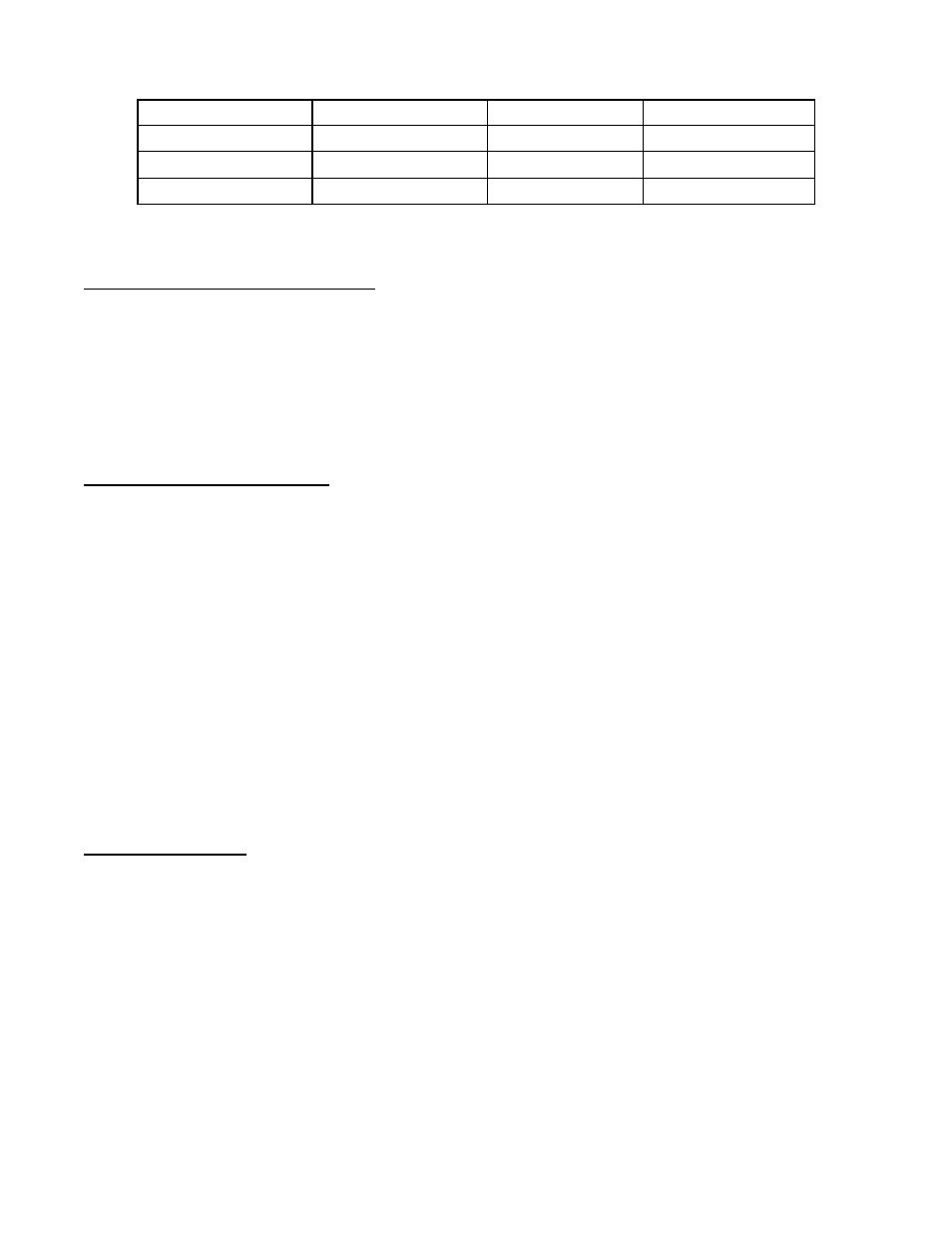Osburn OB01801 User Manual
Page 23

/23
Common Heating Values of Cordwood
Hardwoods
Million Btu/Cord
Softwoods
Million Btu/Cord
Birch
23.6
Douglas Fir
20.6
White Oak
28.3
Hemlock
17.1
Alder
17.6
Jack Pine
18.4
Table 3.2
3.2.1 Simple Wood Moisture Test
Add one large piece of wood to the top of an established fire. If it starts to burn on three sides within
one minute, it is dry and seasoned and right for burning. If it turns black and starts to burn in three
minutes, it is damp. If it turns black and does not start burning until after five minutes, it is green
and wet. If it hisses at any time the wood is soaked and will not burn until excess moisture is boiled
away.
3.3 Notes About First Firing
Before firing ensure that the room is well ventilated.
Curing the paint is recommended to preserve the best quality finish. Heating the insert too intensely
on the first fire will dull and lighten the colour on overheated areas, and cause smoke and odour to
be emitted into the room. To cure the paint, the first two fires should be burned for only about
twenty minutes each.
Allow the insert to get warm only, but not hot, i.e. 250
o
F (120
o
C) as measured by an insert top
thermometer, then allow the insert to cool down. Light a third fire and burn it for about forty
minutes to 450
o
F (230
o
C) or less. Once again cool the insert to room temperature, then operate it
according to the following instructions. This extra care will result in a more durable, and uniform
finish.
3.4 Lighting A Fire
1.
Place enough crumpled balls of newspaper or other paper into the insert to cover the
bottom of the firebox.
2.
Place small dry kindling on the crumpled paper.
3.
Place larger dry kindling on top of the small kindling.
4.
Open the draft control fully to the right (located on the right side of the faceplate, Figure 3.4)
5.
Light a fire at the bottom of the crumpled paper and close the door. If the fire tends to go out,
momentarily hold the door slightly ajar to fan the fire. As soon as the fire catches hold, close
